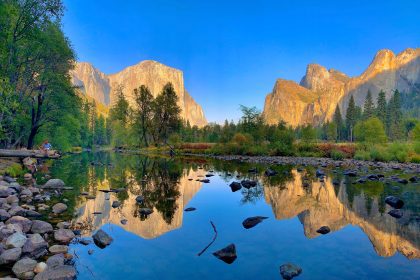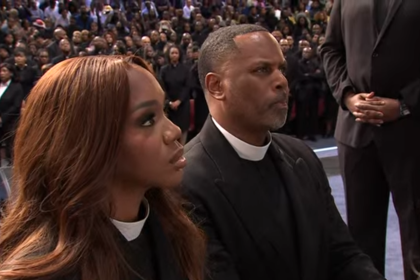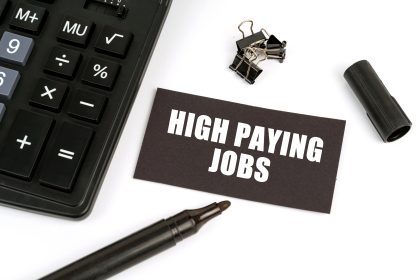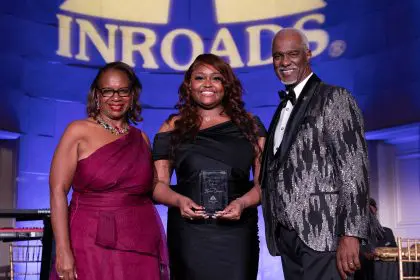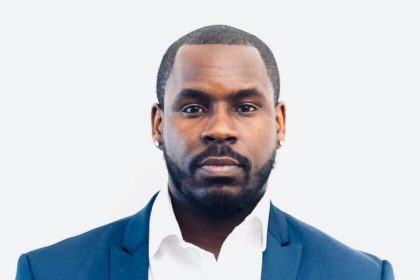Throughout
the country, cities are undergoing urban renewal. Gentrification in a
nutshell is the acquiring of deteriorating urban neighborhoods,
renovating them to attract wealthier residents and essentially
displacing the lower income inhabitants who can no longer afford to
live there.
Proponents of gentrification cite lower crime rates, increased
community involvement and overall improvement of the standard of living
in the intown neighborhoods.
A great example of this would be Auburn Avenue in the heart of bustling
downtown Atlanta. This historic avenue was once dubbed “The Richest
Negro Street in the World.” Martin Luther King’s Ebenezer Baptist
Church, the second largest black-owned insurance company – Atlanta Life
Insurance Company, and the first black-owned daily newspaper – the
Atlanta Daily World, all decorated the avenue. After desegregation,
many wealthy blacks moved out of the area, black businesses relocated
and the area fell victim to crime and poverty.
Fast-forward to 2007, six-figure condos and ‘pioneering’ yuppies (young
urban professionals – often white) are starting to claim the valuable
land. The area is starting to look better than it has in decades.
Mixed-use developments are sprouting, promising to make to make Auburn
Avenue a cultural destination.
What happens if like in Harlem and Chicago, the area is bought up by
developers. Now, small homes become bungalows and cultural landmarks
become lofts. Longtime residents can no longer afford to live there,
and the culture and history are diluted for profit.
Two years ago when I moved into the area wanting to be an urban
pioneer, reclaiming our neglected treasure, I had to avoid addicts and
dealers just to walk to the corner. Now, BMWs abound and joggers are no
longer a rare sight. I’m wondering if a Starbucks will soon replace one
of the halls Dr. Martin Luther King Jr. once strategized in. – adam jones

